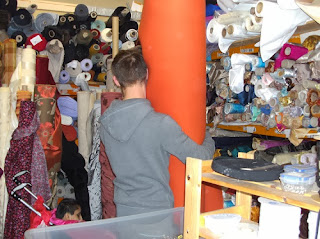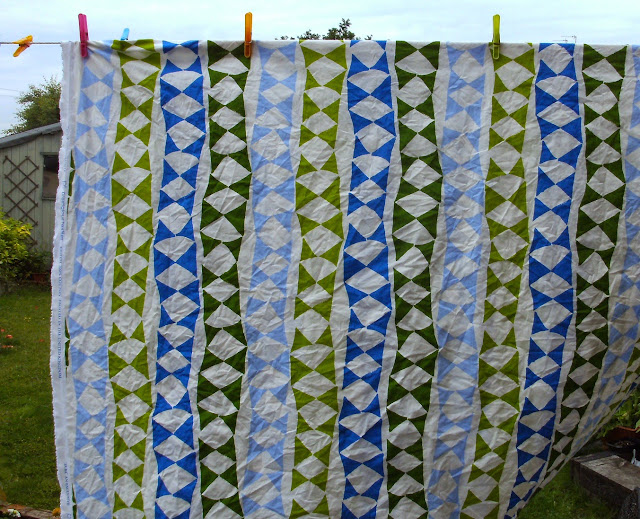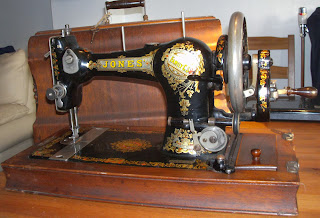In praise of Primark!
 |
| A rare thing, sadly - a discounter with a social conscience |
It's not so cheap for those who lost their lives, their limbs or their loved ones in the Rana Plaza disaster back in April this year. See my post here. (warning - scrolling down that post, there is a graphic photo which may be upsetting. Wait - which ought to be upsetting).
However, although often reviled for all sorts of things - sometimes with justification, sometimes without - Primark has, unlike almost all the other companies involved which used the Rana Plaza factory sewing facilities, stepped up to the mark in this desperately sad situation, not only expressing its frustration at how long it is taking to agree on compensation for the Rana Plaza, but in the meantime arranging 'emergency' payments equivalent to normal salary (vanishingly little in the budgets of multinational brands) for the affected workers and their families.
Having paid all those affected - not just those on its own production line - their wage for the first three months following the disaster, when no agreement was forthcoming by other brands, they paid another three months. I suppose they anticipated the September meeting in Geneva, under the aegis of the International Labour Organisation, might lead to some agreement or resolution about compensation from the other brands using the factory.
Sadly this was not to be, and most of the brands did not even bother to attend the meeting. Disgraceful!
Thus the parent company of Primark, Associated British Foods, has quietly and unilaterally,decided to continue with these payments for yet another three months.
Their corporate governance section, and the head of it, Paul Lister, are to be commended on this action.
Of course it is too little too late, of course a miserable £30 a month isn't going to bring back anyone's loved ones, and of course it's nothing more than closing the stable door after the horse has bolted, but heck, the other brands - Walmart/Asda and Benneton among them - don't even know the stable has got a door, still less that it was left open and that the horse bolted after having a good sh!t inside it.
The stable needs mucking out and they don't want to get their hands dirty doing it! Oh no, that would mean admitting some degree of responsibility towards the people who enable them to make simply HUGE profits.
I never thought I'd say it, but tomorrow I'm going to buy some clothes from Primark. Just socks, so I'm not exactly the last of the big spenders, but I'd rather let a company that admits its responsibility openly, and shows contrition in a useful way, have my money than one which doesn't.
This BBC piece is interesting.
I don't usually hold much truck with high-up company execs, and too often corporate governance largely consists of producing glossy brochures extolling company actions and 'achievements' which are no more than minimum legal requirements (ask me how I know - I had a long affair with somebody very high-up in that line of 'work').
Paul Lister, though, does appear to have a genuine concern for the victims, together with an understandable - though carefully-expressed - annoyance with other brands which are clearly reneging on their moral, if not legal, responsibility. His and his company's attitude is refreshingly responsible in the mucky morass of buck-passing that marks this disaster.







